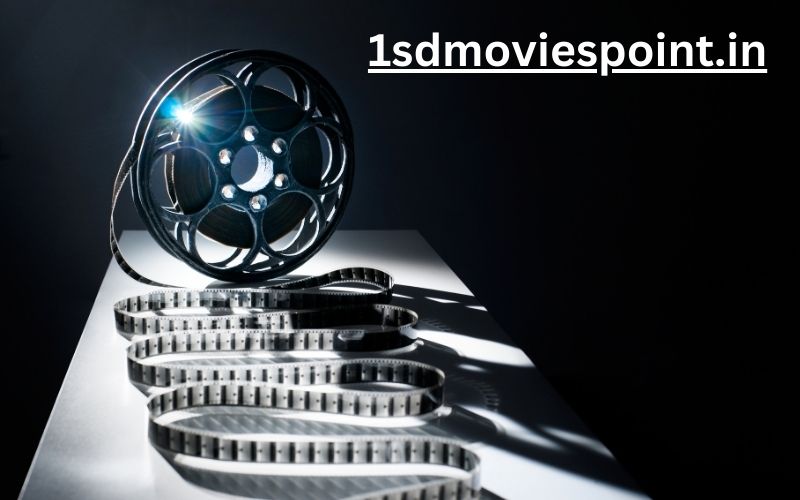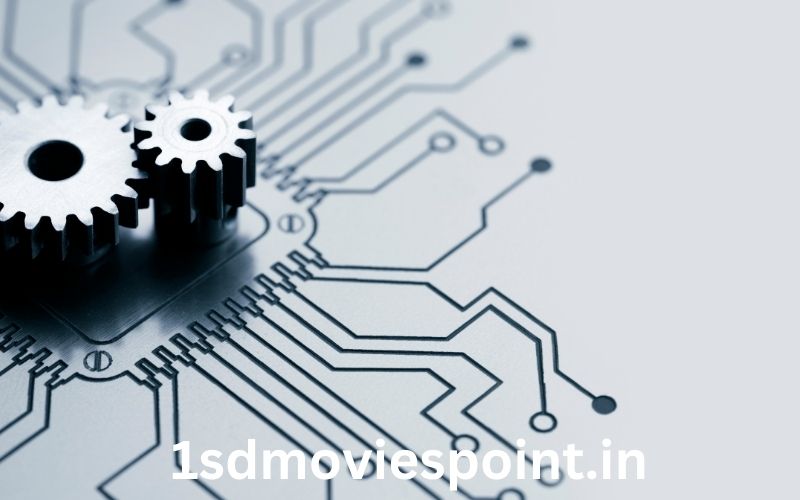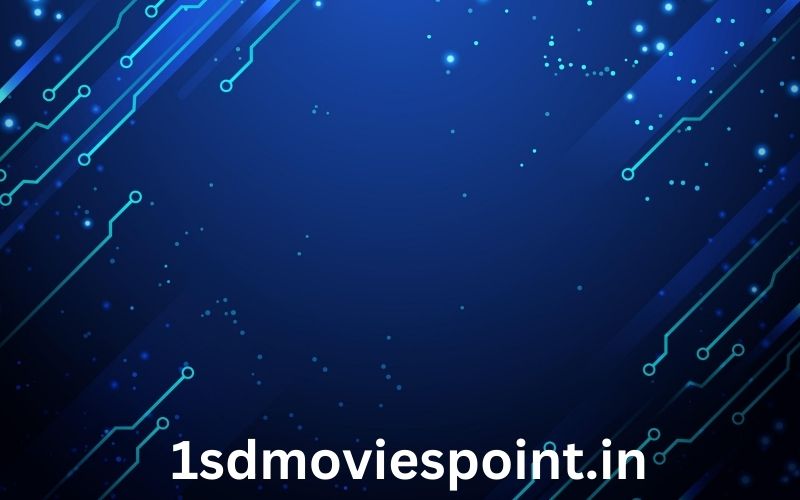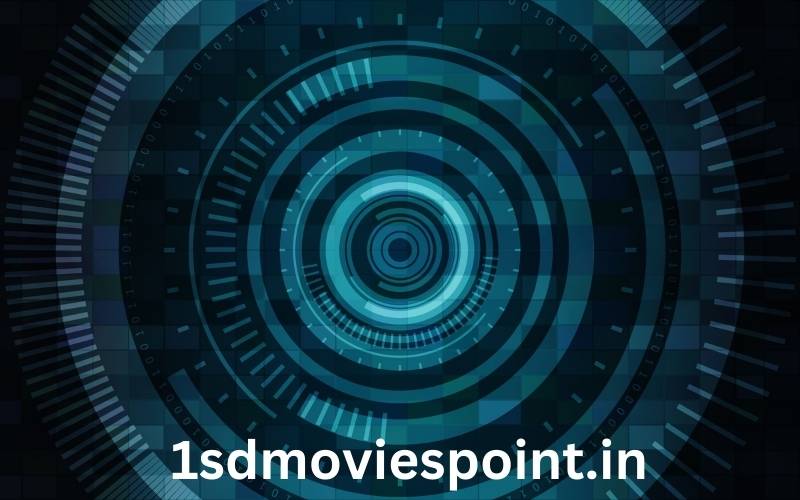The world of entertainment has changed dramatically with the rise of movie streaming technologies. Gone are the days of DVDs, VHS tapes, and cable subscriptions. Today, millions of viewers around the world are shifting to streaming platforms for their movie and TV show needs. But how exactly do these movie streaming technologies work, and why are they so popular?
Key Points to Remember:
- Movie streaming offers on-demand content across multiple devices.
- Streaming platforms rely on cloud technology for storage and delivery.
- The future of streaming looks bright, with advancements in AI and 4K resolution.
How Do Movie Streaming Technologies Work?
Movie streaming is a complex process involving many technologies working together to deliver content seamlessly. At its core, streaming technology allows users to access movies and shows in real-time over the internet, without the need to download them first. But how is this done?
Video Compression and Streaming Protocols
One of the essential components of movie streaming is video compression. Movies and TV shows contain a large amount of data, and for efficient streaming, this data must be compressed. Video compression reduces file size while retaining as much of the original quality as possible.
There are various streaming protocols used to ensure smooth playback. These protocols, like HTTP Live Streaming (HLS) and Dynamic Adaptive Streaming over HTTP (DASH), adjust the quality of the video based on the viewer’s internet speed. This ensures that a user with slower internet speeds won’t experience buffering, while someone with a high-speed connection gets a superior viewing experience.
For instance, Netflix uses an advanced encoding technique to stream movies in different resolutions such as 4K, HD, and standard definition, depending on the user’s bandwidth.
Cloud Computing in Movie Streaming
Cloud computing is the backbone of movie streaming technologies. Movies and TV shows are stored on remote servers known as data centers. These cloud-based systems can handle massive amounts of data and can scale easily depending on demand. For instance, Amazon Prime Video relies on Amazon Web Services (AWS) to store and deliver its content efficiently.
This cloud infrastructure ensures that users can stream content anytime, anywhere, without worrying about storage space on their devices. The ability to access a movie or TV show directly from the cloud gives the flexibility of watching content without waiting for long downloads.
Content Delivery Networks (CDNs)
Content Delivery Networks (CDNs) are an essential part of movie streaming technology. CDNs are a network of servers spread across various geographical locations that store copies of content. When a user requests to stream a movie, the CDN server nearest to their location serves the content. This drastically reduces latency and improves streaming speed and quality.
For example, YouTube uses a large network of CDNs to ensure that users worldwide can stream videos with minimal buffering, regardless of their location.
What Are the Benefits of Movie Streaming Technologies?
Movie streaming offers many advantages over traditional viewing methods. These include convenience, cost-effectiveness, and access to a vast library of content. Let’s dive into some of the key benefits.
On-Demand Access to Movies and Shows
One of the main reasons streaming services like Netflix, Hulu, and Disney+ have gained so much popularity is because they allow users to watch content whenever they want. Unlike traditional TV, where you have to follow a schedule, movie streaming services allow for complete control over what to watch and when to watch it.
Additionally, users can pause, rewind, or fast-forward movies and shows at their own pace, making the entire experience more personalized.
Affordable and Flexible Plans
Movie streaming services typically offer several subscription plans, many of which are cheaper than traditional cable or satellite TV. For example, Netflix offers a basic plan at an affordable price, while Disney+ gives users access to a massive collection of content, including Marvel and Star Wars franchises, at a lower monthly cost compared to cable subscriptions.
Streaming also eliminates the need for purchasing DVDs, Blu-rays, or renting movies from video stores, making it a more cost-effective choice in the long run.
Access to a Wide Variety of Content
Another major benefit of streaming is the access to a diverse range of content. Whether you love movies, TV series, documentaries, or niche genres, streaming platforms provide a wide selection of titles. For example, Amazon Prime Video, in addition to its massive library, often includes exclusive content like original movies and TV shows that are unavailable on traditional cable.
With streaming, users can explore content across different languages, countries, and genres, all in one place.
What Are the Challenges of Movie Streaming Technologies?
While movie streaming technologies have revolutionized the way we consume content, they come with their set of challenges. These can affect both the consumer experience and the service providers themselves.
Internet Bandwidth and Data Caps
For seamless movie streaming, a fast and stable internet connection is essential. Users with slow or unreliable internet connections may experience buffering, lower quality video, or even interruptions in the stream. For instance, streaming 4K content requires at least 25 Mbps of internet speed.
Note: High data usage can lead to exceeding monthly data caps on some internet plans, causing additional charges.
Additionally, some internet service providers (ISPs) place data caps on home internet plans, which means that watching movies in high definition or 4K could result in significant data usage, potentially incurring extra fees.
Device Compatibility and Quality Variations
Movie streaming services are available on a variety of devices, including smartphones, tablets, smart TVs, and gaming consoles. However, the quality of the viewing experience may vary depending on the device. For example, streaming on a smartphone may not deliver the same visual quality as watching on a large 4K television.
Reminder: Always check the compatibility of your device with the streaming service to ensure optimal viewing quality.
Moreover, some older devices may not support the latest streaming protocols or video formats, limiting the quality of the content they can display.
How Will Movie Streaming Technologies Evolve in the Future?
As technology continues to advance, the future of movie streaming looks even more promising. Here are some of the key trends shaping the industry:
8K and Beyond: The Next Step in Video Quality
While 4K resolution is becoming increasingly common, the next big thing in movie streaming will likely be 8K resolution. 8K offers four times the resolution of 4K and provides an incredibly detailed and lifelike picture. As internet speeds increase and more 8K content becomes available, we can expect streaming platforms to adopt this new resolution.
Artificial Intelligence in Content Recommendations
Another exciting development is the use of artificial intelligence (AI) in personalizing content recommendations. AI algorithms analyze your viewing habits and suggest movies or shows that you are most likely to enjoy. This not only helps users discover new content but also enhances the overall viewing experience by offering tailored suggestions.
For example, Netflix uses AI to recommend movies based on your watch history, ensuring you always have something new to watch.
Virtual Reality (VR) and Augmented Reality (AR) Integration
The integration of VR and AR into movie streaming could completely change the way we experience films and TV shows. With VR, viewers could watch movies in a fully immersive environment, making them feel as though they are part of the story. Similarly, AR could provide interactive features during the movie, such as additional background information or real-time effects.
Conclusion About Movie streaming technologies
Movie streaming technologies have changed the way we access entertainment, offering countless benefits in terms of convenience, affordability, and variety. However, challenges like internet bandwidth and device compatibility remain. As we look ahead, new technologies like AI, 8K resolution, and VR/AR will continue to shape the future of streaming, promising an even more personalized and immersive experience.
FAQ’s
- What is movie streaming technology?
- Movie streaming technology allows users to watch movies and shows over the internet without downloading them, using cloud storage, CDNs, and video compression techniques.
- Do I need a fast internet connection to stream movies?
- Yes, a fast and stable internet connection is essential for smooth streaming, especially for high-quality videos like 4K.
- Can I watch movies offline?
- Some streaming services, like Netflix and Amazon Prime, allow users to download movies for offline viewing.
- What is the difference between streaming and downloading movies?
- Streaming allows you to watch movies in real-time without downloading, while downloading saves the movie on your device for offline viewing.
- What will the future of movie streaming look like?
- The future will see advancements like 8K resolution, AI-driven content recommendations, and immersive experiences using VR and AR.




